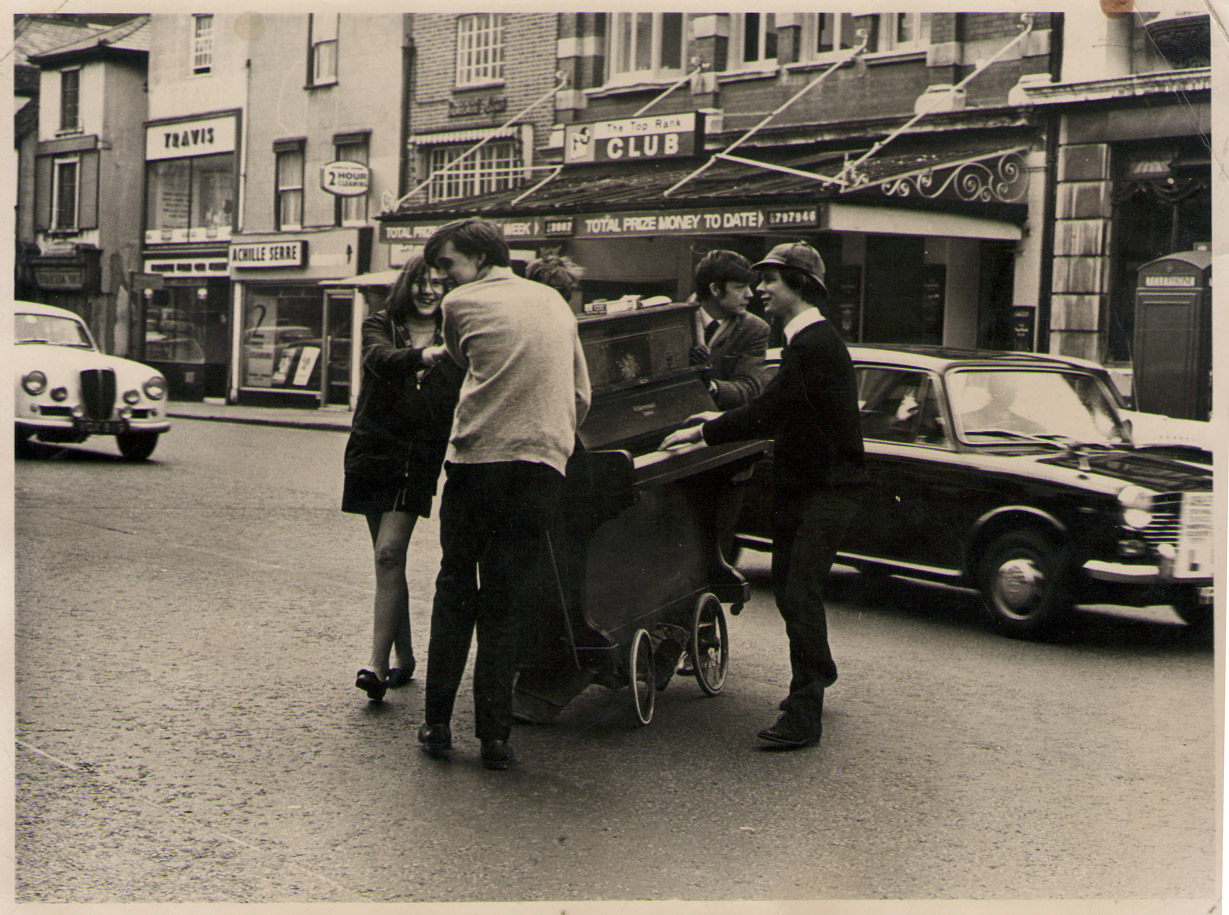I'm aware that when moving a piano, especially a good one, care must be taken and using a proper mover is strongly recommended. But what is actually involved in moving a piano (other than lifting the thing up and making sure it can't slide around)? What makes it tricky and what damage can occur if it's not done properly?
As a side question, what counts as "moving" a piano? My neighbours have moved theirs from one wall to another in the past and I'm sure you sometimes see pianos wheeled onto stages so is literally any motion a problem or would sliding it be OK - for instance on a slippery laminate floor?
In my case, I am looking at collecting a 2nd hand piano (assuming it's OK), nothing fancy just a regular upright which has been well used but well cared for (by a music teacher). It's not expensive and I wonder if I should still get a professional - I'm not sure if anything needs doing to it before it can be transported.

